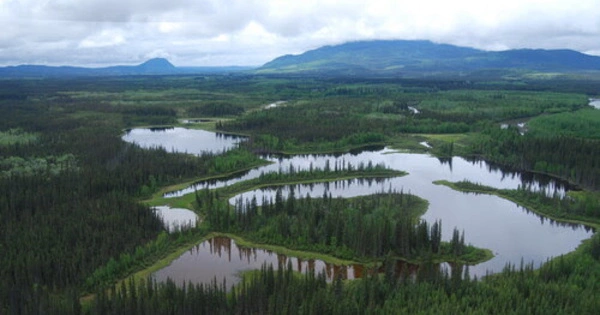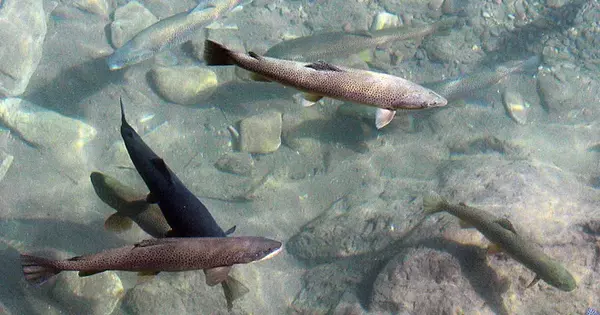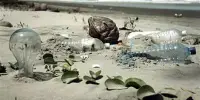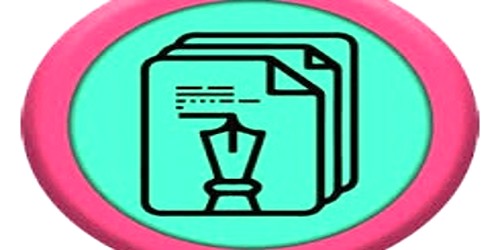Small isolated wetlands, such as ponds, marshes, and bogs, can indeed be very effective at capturing and filtering pollutants from the surrounding environment. These wetlands act as natural “sponges” that absorb excess nutrients, sediment, and other pollutants from nearby runoff and other sources.
One of the key mechanisms by which wetlands remove pollutants is through biological processes. Wetlands support a diverse array of plant and animal life that can break down and transform pollutants into less harmful forms. For example, bacteria and other microorganisms can break down nutrients like nitrogen and phosphorus, which are often found in excess in agricultural and urban runoff, into forms that are less available to plants and less likely to contribute to harmful algal blooms.
Small isolated wetlands that are full only part of the year are often the first to be removed for development or agriculture, but a new study shows that they can be twice as effective in protecting downstream lake or river ecosystems as they would be if they were connected to them.
Researchers from the University of Waterloo discovered that because these small wetlands are disconnected, pollutants such as nitrogen and phosphorus become trapped using a new method involving satellite imagery and computer modeling. This is the first study to estimate nutrient retention using satellite data.
This is especially concerning in areas such as southern Ontario, which has already lost more than 70% of its wetlands and faces further loss due to increasing population and development pressures. The increase in human population also increases pollution.
Dr. Nandita Basu
All wetlands act like sponges, absorbing the massive amounts of water that can be released suddenly from rainfall or snowmelt. Wetlands provide numerous environmental benefits such as improving water quality, providing habitat, increasing biodiversity, and trapping carbon. Their devastation makes us more vulnerable to the extreme effects of climate change, such as flooding, drought, and increased storm frequency.
“This is especially concerning in areas such as southern Ontario, which has already lost more than 70% of its wetlands and faces further loss due to increasing population and development pressures. The increase in human population also increases pollution” Dr. Nandita Basu, a Waterloo professor, and Canada Research Chair in Global Water Sustainability and Ecohydrology, agreed. “If pollutants are not captured by small wetlands, they will run into our lakes and beaches, eventually affecting our drinking water supply and ability to use the beaches for recreation.”

Basu, jointly appointed to the Department of Earth and Environmental Sciences and the Department of Civil and Environmental Engineering at Waterloo, worked with Dr. Frederick Cheng, who was her doctoral student on the project.
They used 30 years of satellite imagery from across the United States to determine how 3,700 wetlands were filling up and draining as a function of seasons and climate. Next, they estimated how much nitrogen would be removed by these water bodies.
“Being disconnected can actually be better because they catch the pollutants and retain them rather than leaking them back into the stream waters,” said Cheng, the study’s first author and a postdoctoral fellow at Colorado State University.
Basu and her colleagues will then apply these techniques to Canadian wetlands in the Great Lakes basin and the prairie region of Western Canada. This work will be aided in part by a $6.8 million grant from Environment and Climate Change Canada.
In addition to their biological processes, wetlands can also physically filter pollutants out of the water. As water flows through a wetland, it is slowed down by the dense vegetation and complex topography, allowing suspended particles to settle out and become trapped in the soil and sediment.
Overall, small isolated wetlands can play an important role in protecting water quality and supporting healthy ecosystems. They can help to reduce nutrient pollution, sedimentation, and other harmful impacts of human activities on nearby streams and rivers.
















